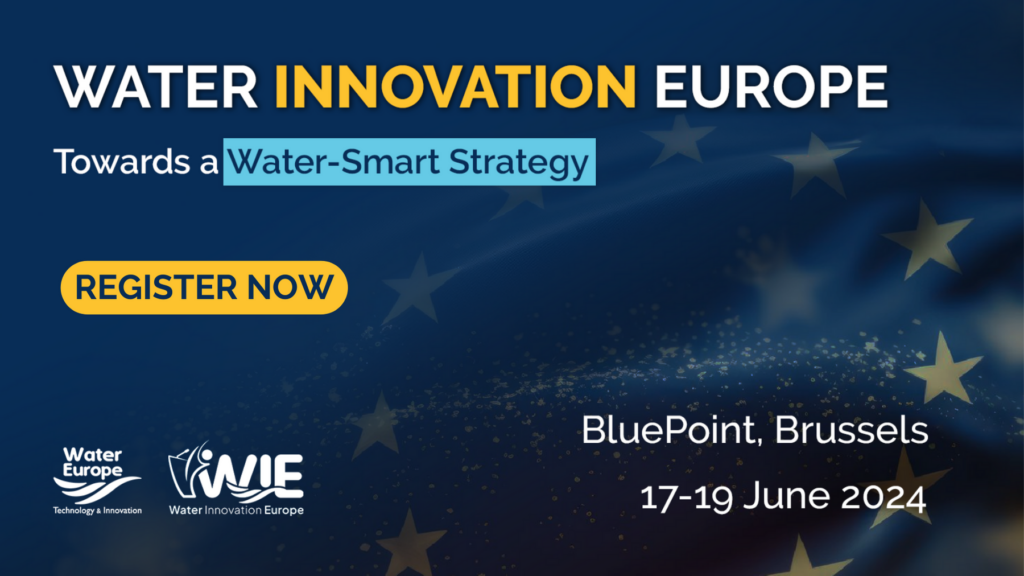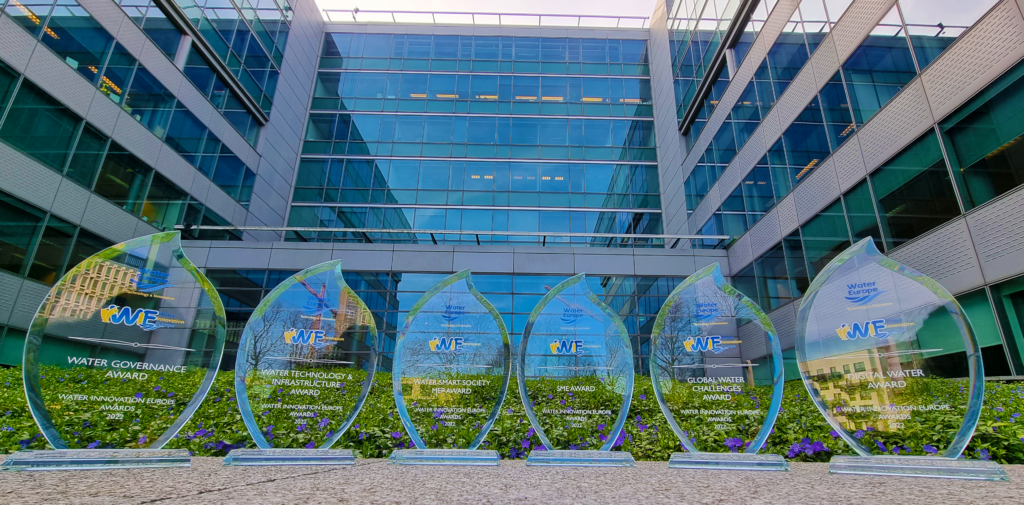Registrations Now Open for Water Innovation Europe 2024 in Brussels

The highly anticipated Water Innovation Europe 2024 has officially opened its registration doors for attendees, sponsors, and exhibitors. Scheduled to take place from June 17-19, 2024, at the BluePoint Venues in Brussels, this year’s conference is themed “Towards a Water-Smart Strategy.” The event is particularly significant as it follows closely on the heels of the […]
Registrations for the WIE2024 Awards are now open

The Water Innovation Europe 2024 conference is coming up on June 17-19 in Brussels. The event will be a perfect occasion for you to promote your innovations in the water sector. The application process for the Water Europe Innovation Awards 2024 is now open. Apply today in one of the five categories to get the chance to […]
